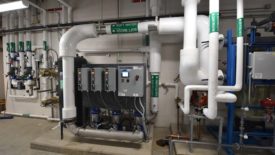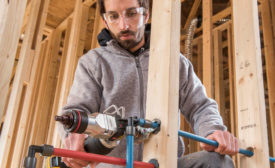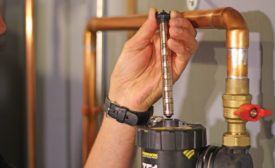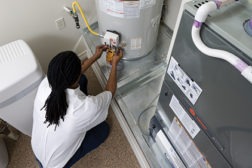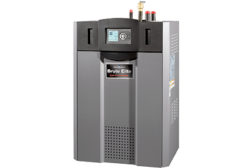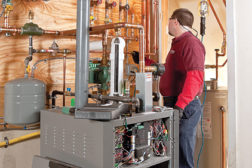Home » wet heat
Articles Tagged with ''wet heat''
Advanced solutions deliver superior performance and energy savings
Read More
Can You Convince Me to Hire You?
Good contractors tell customers what they really want to hear
Read More
Hydronics Equipment Growing More Efficient, Intelligent
Many companies showcased their solutions at the 2017 AHR Expo
Read More
Encouraging Symphonic Perfection in Hydronics Systems
While one titan retires, two more continue his legacy forward
Read More
Get Real — Get Hydronic Heat
Attention to Engineering and Design May Save Generations of Comfort Grief
Read More
Blame the Kids: The Cause of Your Mechanical Malfunctions
Kids do the Darndest Things, Don’t They?
Read More
Boilers, Water Heaters Efficiently Evolve
Manufacturers Aim For Higher Efficiencies, Smaller Footprints
Read More
Contractors Discuss Strategies to Sell Boilers
System Knowledge, Return on Investment Headline the Selling Process
Read More
Copyright ©2024. All Rights Reserved BNP Media.
Design, CMS, Hosting & Web Development :: ePublishing
